Missed the last Supermoon of 2022? Don't fret, check these STUNNING photos by Twitterati
The last supermoon of 2022 left the skywatchers mesmerized! For those who missed this massive event, check the stunning pics shared by Twitter users.
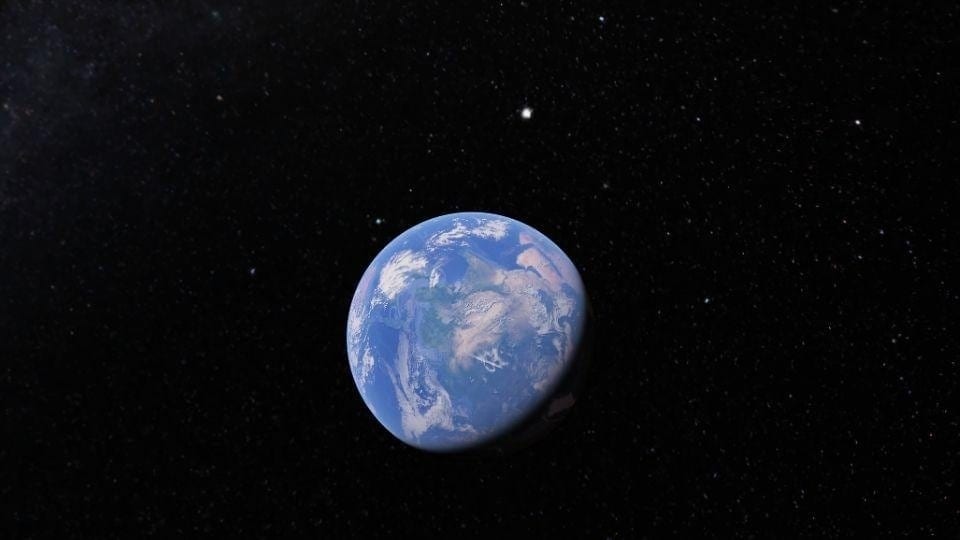
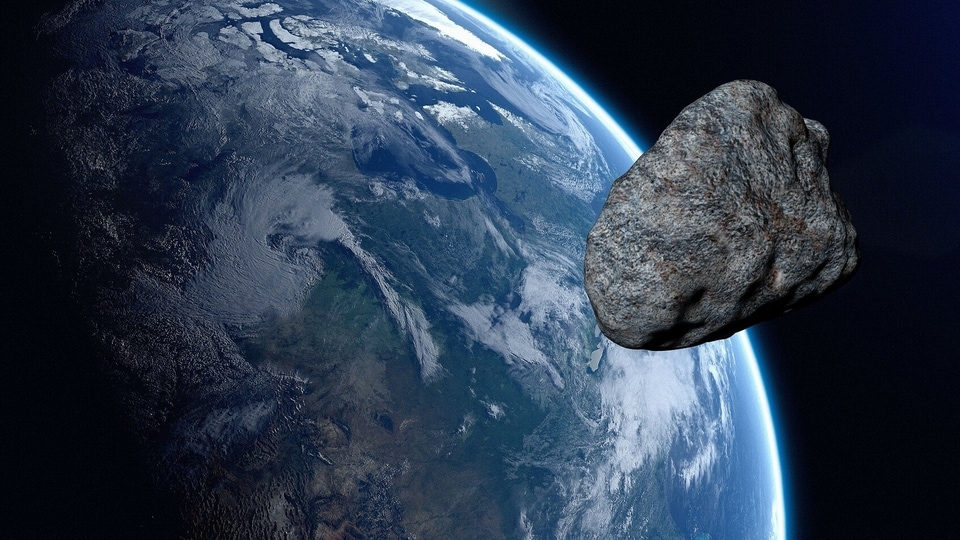
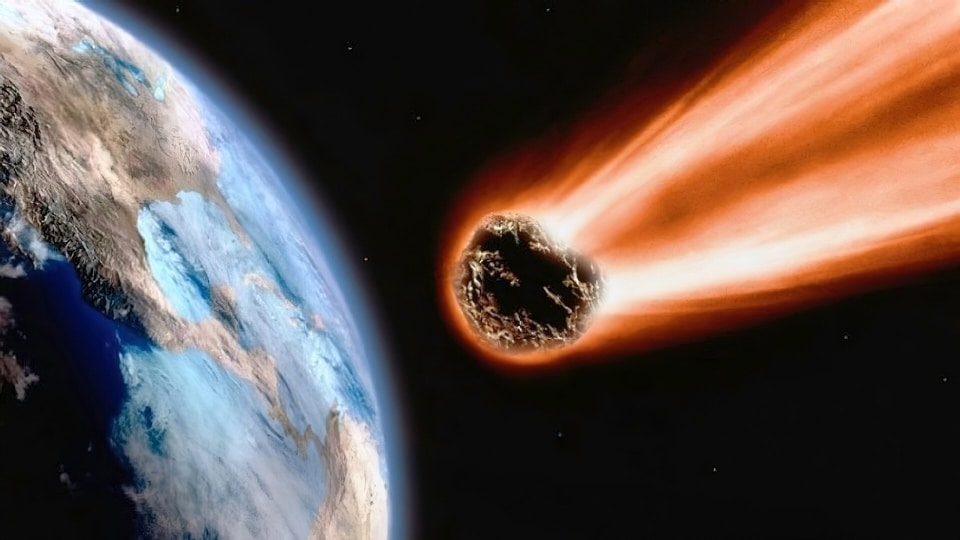

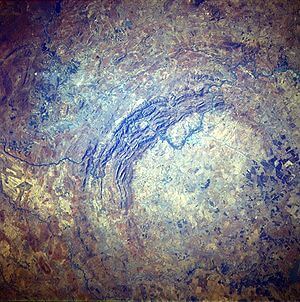
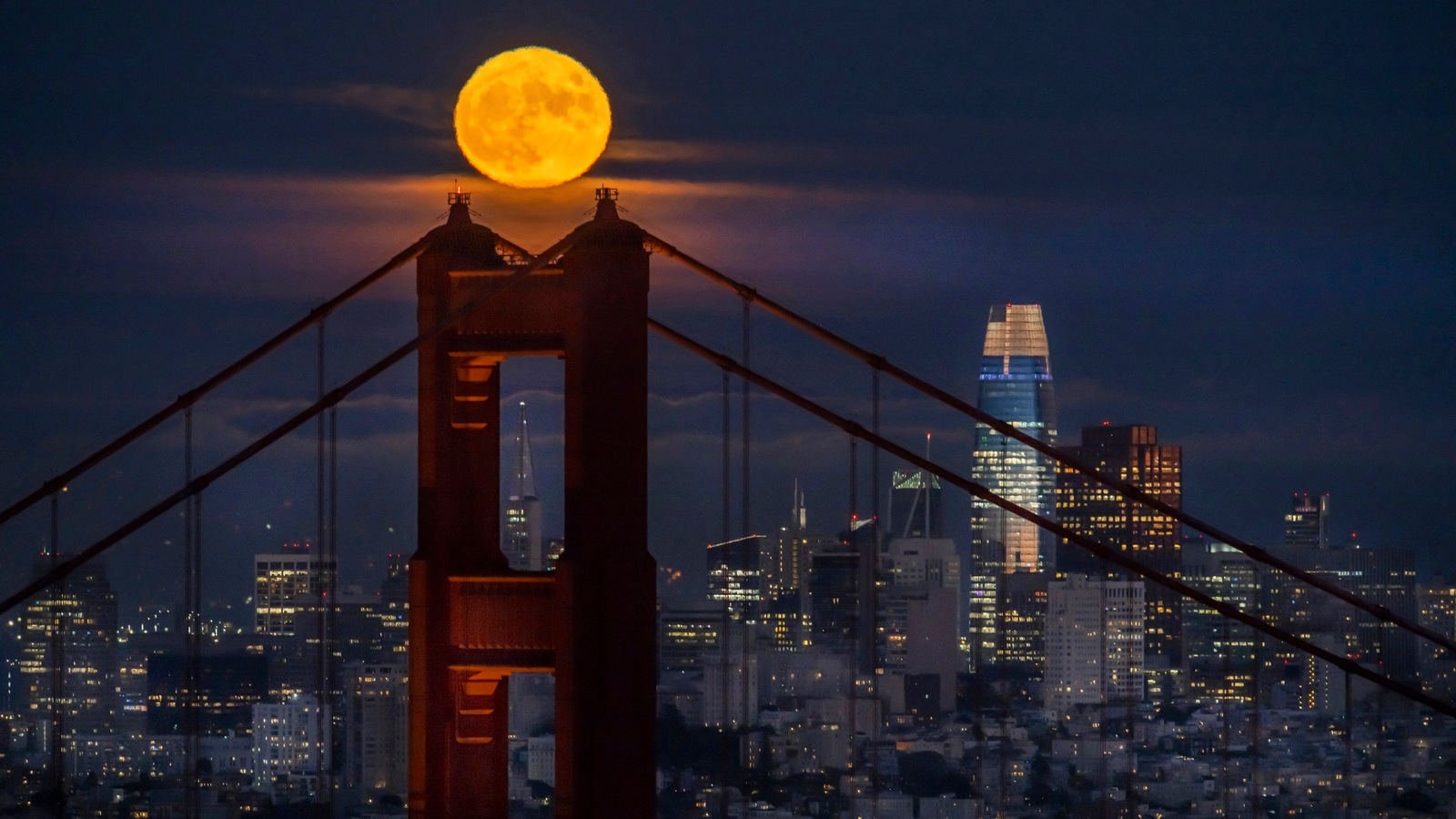
 View all Images
View all ImagesAfter last month's Supermoon event, August came up with another one that was equally, if not more, stunning. Skywatchers were left mesmerized as the fourth and last Supermoon of 2022 lit up the sky last night. Usually, there are 3 to 4 supermoons in a year. This year, we have been blessed with four supermoons and this was one of the rarest opportunities to catch this last on this year. This is the "sturgeon moon". It occurs when the moon is at its fullest stage when it is also closest to the Earth. Th effect for skygazers is that it makes the moon look much larger and brighter in the sky- quite imposing actually.
Meanwhile, many took the opportunity to capture this moment of the last supermoon and flooded Twitter with stunning photos. However, it was not just the supermoon but a meteor shower too which adorned the sky. One of the users on Twitter mentioned, “Last super moon of the year plus a meteor shower all tonight?? I gotta say, this is my favorite night for sure And I've seen a meteor a few minutes ago."
While another user said, “Tonight's #SturgeonMoon rising behind St John's Point Lighthouse in County Down. The final #supermoon of the year and it's an absolute beauty!”
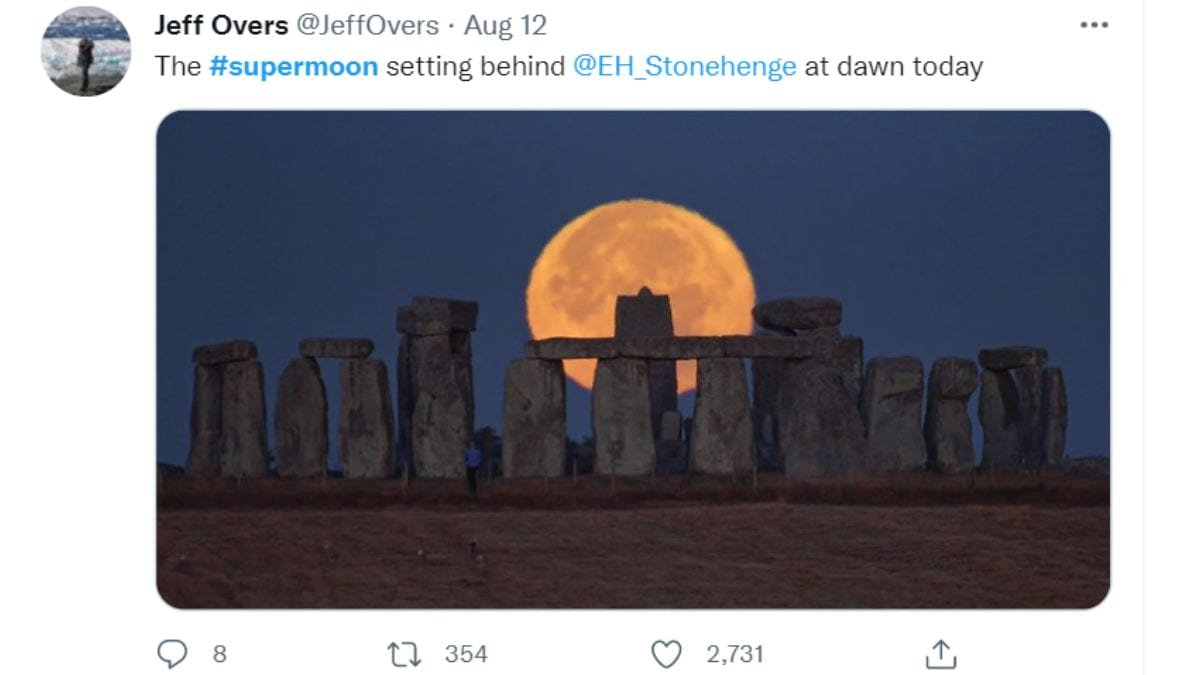

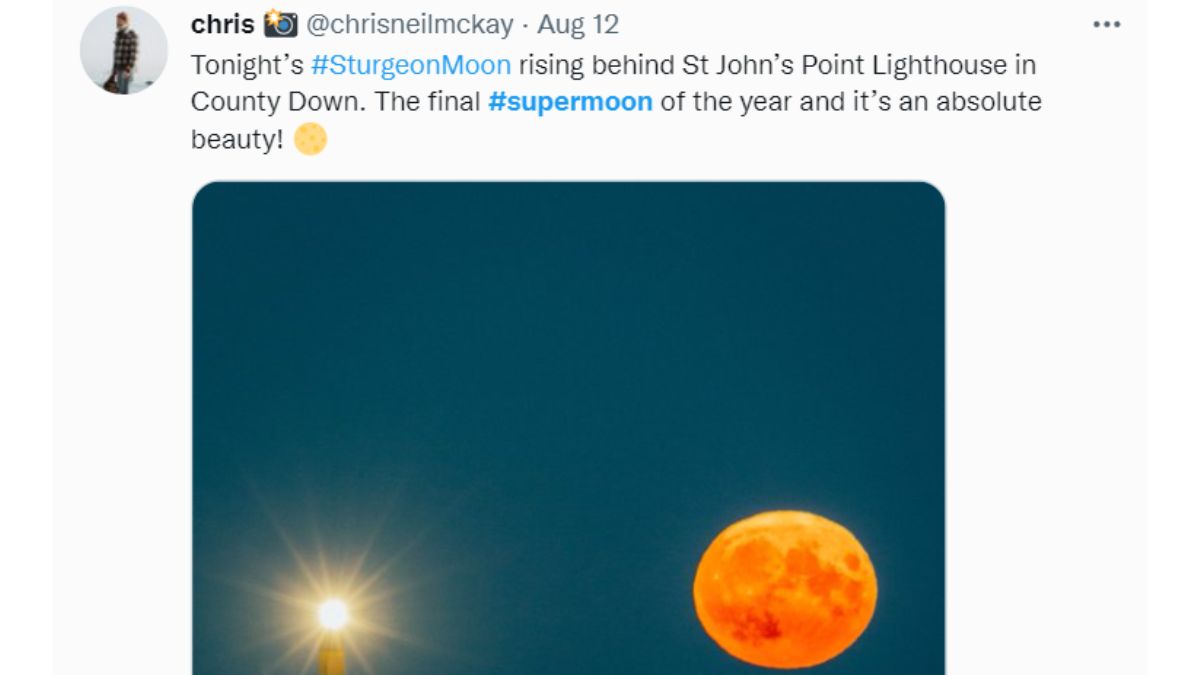





What is a supermoon?
A Supermoon occurs when the view of the full moon comes closest to the Earth in its orbit. In this way, the moon makes its closest approach to the Earth while orbiting in 27-days around our planet. However, the Moon doesn't have a circular orbit, instead, the Moon orbits Earth in an ellipse, an oval that brings it closer to Earth at a particular time as it goes around. During this period, the Moon appears larger and brighter than in its usual daily form.
However, NASA mentioned that the term “supermoon” was coined in 1979 to use it to describe what astronomers would call a perigean or full moon. This term gives preference to the geometric alignment of Sun-Earth-Moon that allows the occurrence of a full moon.
Catch all the Latest Tech News, Mobile News, Laptop News, Gaming news, Wearables News , How To News, also keep up with us on Whatsapp channel,Twitter, Facebook, Google News, and Instagram. For our latest videos, subscribe to our YouTube channel.






























